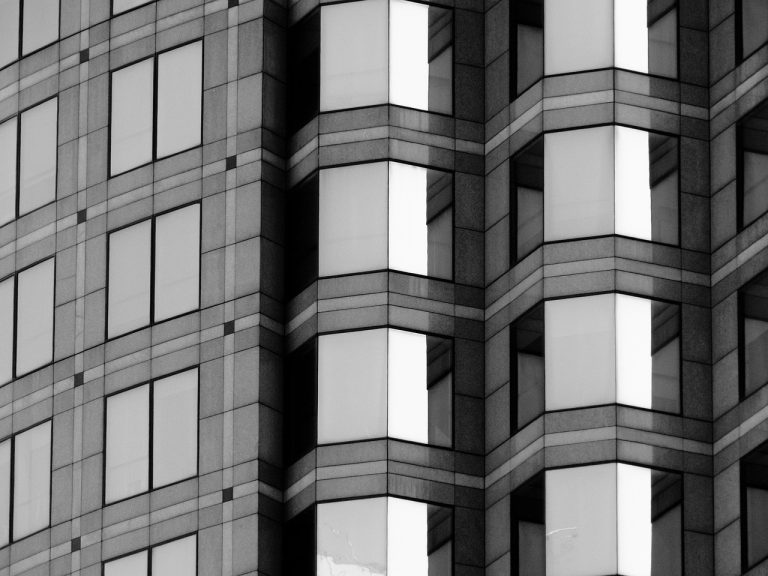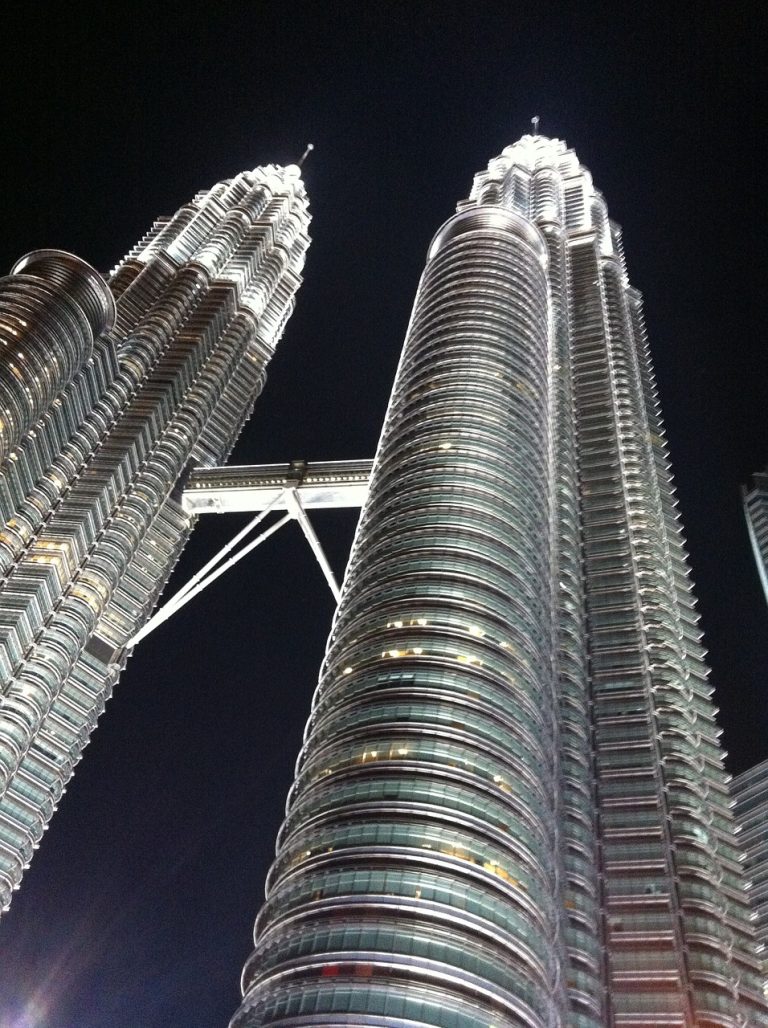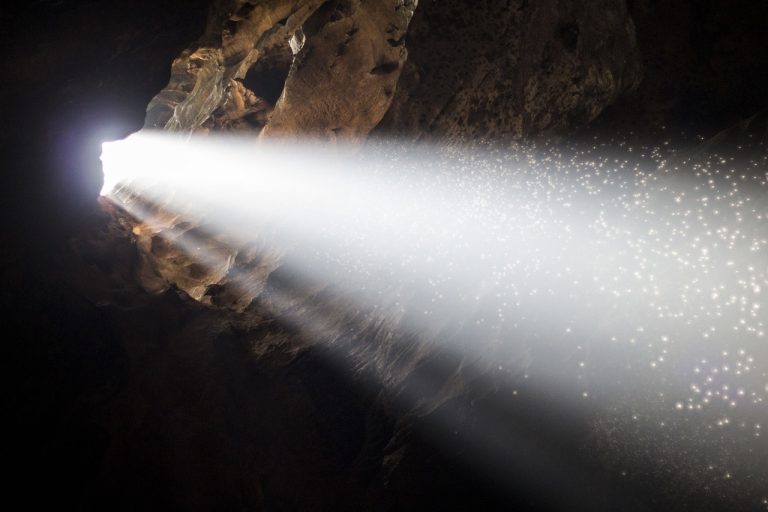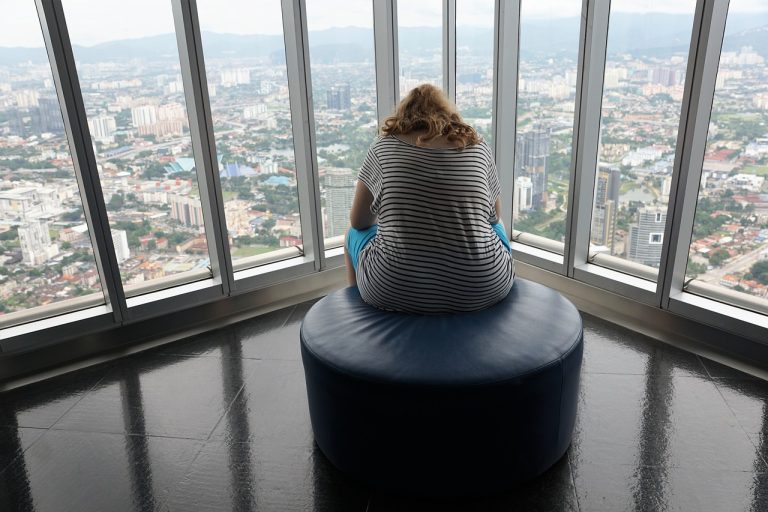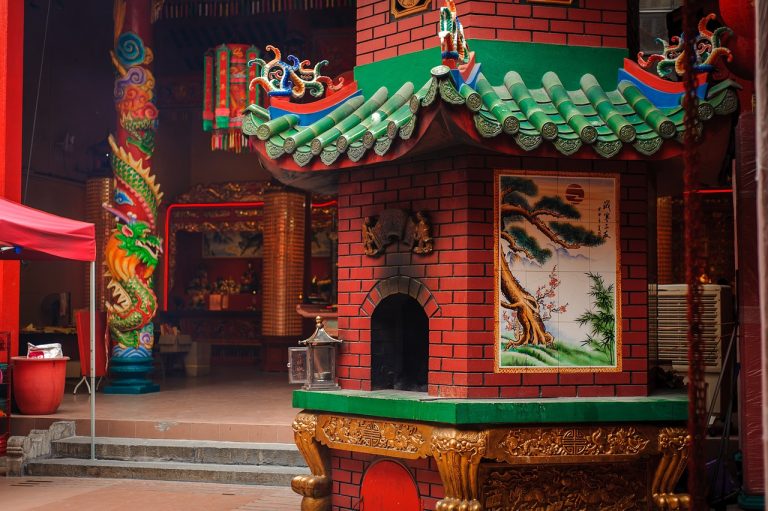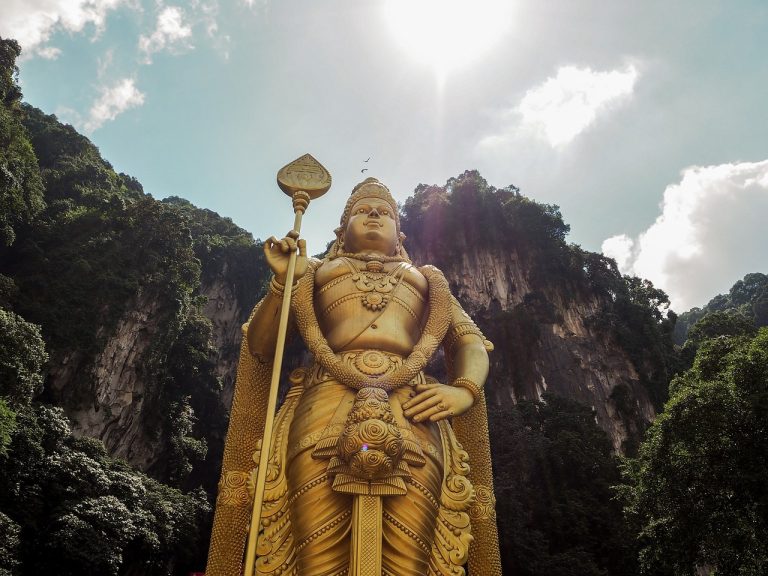Kuala Lumpur Malaysia Video
Historical Landmarks of Kuala Lumpur Malaysia: A Deep Dive
Kuala Lumpur, the capital city of Malaysia, is a vibrant metropolis that boasts a rich history and cultural heritage. From ancient temples to colonial-era structures, the city is dotted with numerous historical landmarks that tell the story of its past. In this article, we will take a deep dive into some of the most significant historical landmarks in Kuala Lumpur, providing detailed information about each site.
Kuala Lumpur Malaysia Image 1: 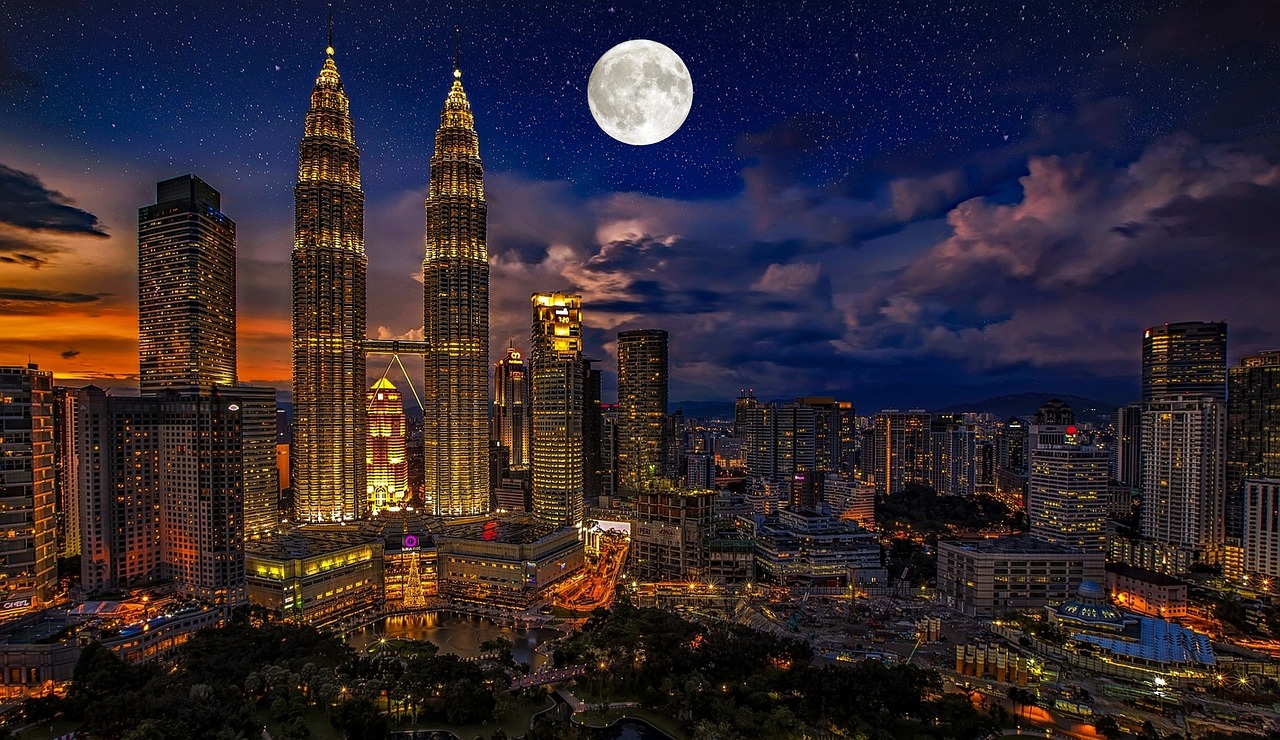
Merdeka Square
- Keywords: Merdeka Square, Independence, Iconic
- Merdeka Square, also known as Dataran Merdeka, is an iconic landmark in Kuala Lumpur that holds great historical significance. It is here that Malaysia’s independence from British colonial rule was declared on August 31, 1957.
- The square spans 8.9 acres and is surrounded by important buildings such as the Sultan Abdul Samad Building, the Royal Selangor Club, and the National History Museum.
- The focal point of Merdeka Square is the 100-meter-high flagpole, which proudly displays the Malaysian flag. The square is a popular gathering place for celebrations and events, and it offers a stunning view of the city’s skyline.
Kuala Lumpur Railway Station
- Keywords: Kuala Lumpur Railway Station, Moorish architecture, Heritage
- The Kuala Lumpur Railway Station is a magnificent example of Moorish architecture and is often referred to as one of the most beautiful railway stations in the world.
- Designed by British architect A.B. Hubback, the station was completed in 1910 and served as the city’s main railway hub for many years.
- The station’s architecture features a blend of Eastern and Western influences, with its iconic minarets, arches, and domes. It showcases the city’s colonial past and is now a popular tourist attraction.
- Today, the Kuala Lumpur Railway Station still operates as a transportation hub, serving both local and intercity trains. Visitors can admire the stunning architecture and explore the station’s history.
Kuala Lumpur Malaysia Image 2: 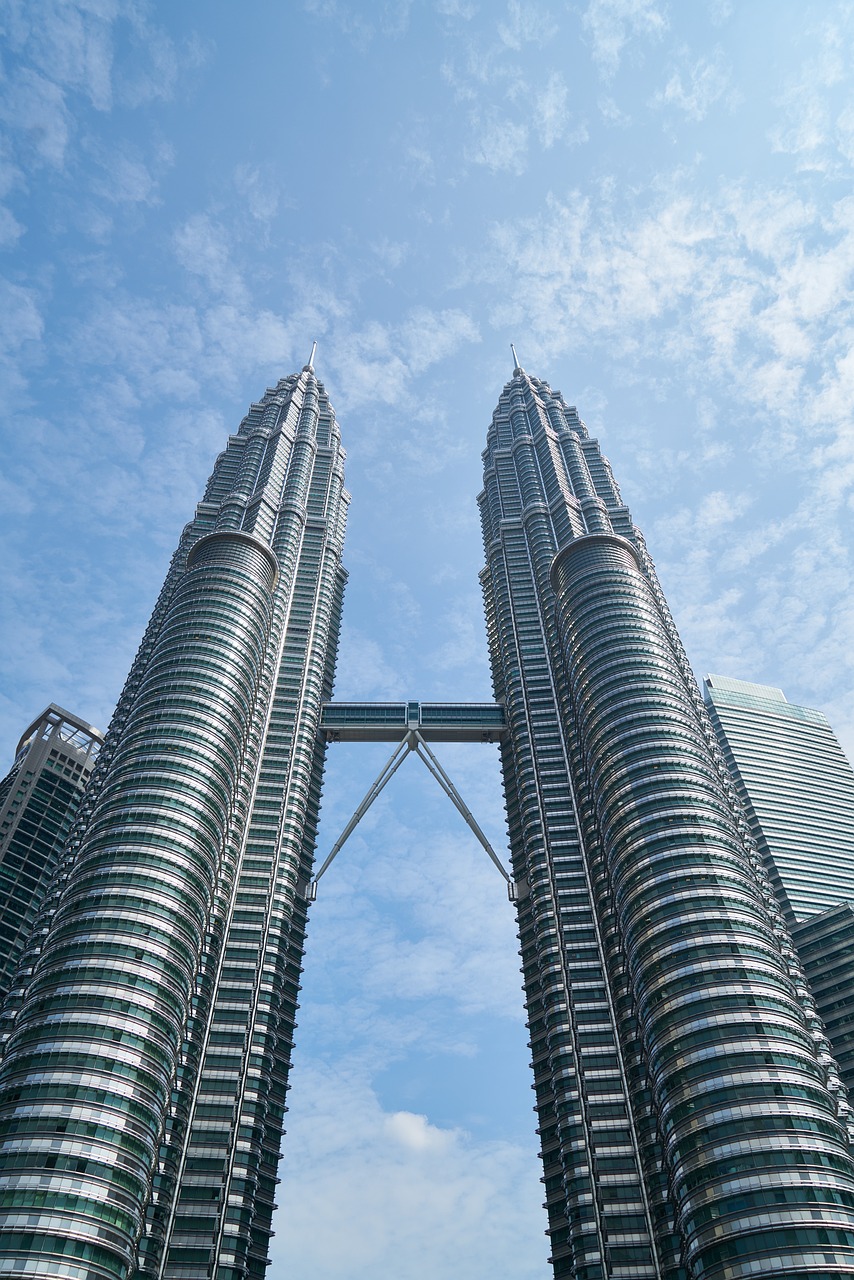
Petronas Twin Towers
- Keywords: Petronas Twin Towers, Iconic, Modern architecture
- The Petronas Twin Towers are undoubtedly the most iconic landmarks in Kuala Lumpur and have become a symbol of the city’s modernity and progress.
- Completed in 1998, the twin towers were once the tallest buildings in the world. They stand at a height of 452 meters and are connected by a sky bridge on the 41st and 42nd floors, offering breathtaking views of the city.
- Designed by Argentine-American architect Cesar Pelli, the towers feature a blend of Islamic and modern architectural elements. The facade is adorned with stainless steel and glass panels, creating a stunning visual effect.
- Today, the Petronas Twin Towers house various corporate offices, a science museum, a concert hall, and a shopping mall. Visitors can take a guided tour to learn more about the towers’ construction and enjoy the panoramic view from the sky bridge.
Batu Caves
- Keywords: Batu Caves, Hindu temple, Limestone
- The Batu Caves are a series of limestone caves located approximately 13 kilometers north of Kuala Lumpur. They are a significant religious site for Hindus in Malaysia.
- The main attraction of the Batu Caves is the Temple Cave, which houses several Hindu shrines. To reach the cave, visitors must climb 272 steps, passing by a giant golden statue of Lord Murugan, the Hindu deity.
- Inside the cave, visitors are greeted by a vast chamber with natural light streaming through openings in the ceiling. The cave walls are adorned with intricate Hindu sculptures and paintings.
- The Batu Caves are also a popular destination during the Thaipusam festival, where devotees carry kavadis (ornate frames) and pierce their bodies as acts of penance and devotion.
Kuala Lumpur Malaysia Image 3: 
Sultan Abdul Samad Building
- Keywords: Sultan Abdul Samad Building, Colonial architecture, Iconic
- The Sultan Abdul Samad Building is an iconic landmark that showcases the colonial architecture of Kuala Lumpur. It is located in Merdeka Square and was completed in 1897 during British rule.
- The building served as the administrative center of the British government and is named after Sultan Abdul Samad, the reigning sultan of Selangor at that time.
- The architecture of the building is a fusion of Moorish and Victorian styles, featuring arches, domes, and a prominent clock tower. The facade is adorned with intricate details and decorative elements.
- Today, the Sultan Abdul Samad Building houses the offices of the Ministry of Information, Communications, and Culture. Its grandeur and historical significance make it a must-visit landmark in Kuala Lumpur.
National Museum of Malaysia
- Keywords: National Museum of Malaysia, History, Culture
- The National Museum of Malaysia, also known as Muzium Negara, is the primary museum in Kuala Lumpur dedicated to showcasing the country’s history and culture.
- The museum’s exhibits cover various aspects of Malaysia’s heritage, including archaeological artifacts, traditional costumes, weapons, and historical documents.
- Visitors can explore the different galleries, such as the Prehistoric Gallery, the Malay World Ethnology Gallery, and the Colonial Era Gallery, to gain a comprehensive understanding of Malaysia’s past.
- The National Museum of Malaysia also organizes educational programs and events to promote cultural awareness and appreciation among visitors.
Thean Hou Temple
- Keywords: Thean Hou Temple, Chinese temple, Panoramic view
- The Thean Hou Temple is a magnificent Chinese temple located on a hill in Kuala Lumpur. It is one of the largest and most ornate temples in Southeast Asia.
- The temple was built in 1987 and is dedicated to the Chinese sea goddess Mazu. It combines elements of Buddhism, Taoism, and Confucianism.
- The Thean Hou Temple features a grand entrance with a multi-arched gateway, intricate carvings, and vibrant colors. The main prayer hall houses statues of various deities.
- Visitors can enjoy panoramic views of the city skyline from the temple’s terrace. The temple is particularly lively during Chinese festivals, attracting worshippers and tourists alike.
Islamic Arts Museum Malaysia
- Keywords: Islamic Arts Museum Malaysia, Islamic art, Exhibits
- The Islamic Arts Museum Malaysia is a world-class museum that showcases the rich artistic heritage of the Islamic world.
- The museum houses a vast collection of Islamic art, including calligraphy, textiles, ceramics, metalwork, and jewelry.
- Visitors can explore the various galleries, such as the Quran and Manuscript Gallery, the Architecture Gallery, and the Textile Gallery, to appreciate the diversity and beauty of Islamic art.
- The Islamic Arts Museum Malaysia also offers educational programs and workshops to promote understanding and appreciation of Islamic culture.
Chinatown
- Keywords: Chinatown, Petaling Street, Heritage
- Chinatown, located in the heart of Kuala Lumpur, is a vibrant neighborhood that showcases the city’s Chinese heritage.
- The main attraction in Chinatown is Petaling Street, a bustling market where visitors can find a wide variety of goods, from clothes and accessories to street food.
- Chinatown is also home to several traditional Chinese temples, such as the Guan Di Temple and the Sri Mahamariamman Temple, which are worth exploring to experience the cultural richness of the area.
- Visitors can immerse themselves in the vibrant atmosphere of Chinatown, sampling delicious Chinese cuisine and browsing through the unique shops and stalls.
National Mosque of Malaysia
- Keywords: National Mosque of Malaysia, Islamic architecture, Peace
- The National Mosque of Malaysia, also known as Masjid Negara, is the country’s principal mosque and a significant symbol of Islamic architecture.
- Completed in 1965, the mosque can accommodate up to 15,000 worshippers and features a modern design inspired by traditional Islamic elements.
- The main prayer hall is adorned with beautiful stained glass windows, intricate carvings, and a striking turquoise-blue dome.
- Visitors can explore the mosque’s compound, which includes a library, a conference hall, and beautiful gardens. The National Mosque of Malaysia stands as a symbol of peace and unity.
Conclusion
Kuala Lumpur’s historical landmarks offer a glimpse into the city’s past and cultural heritage. From the iconic Petronas Twin Towers to the serene National Mosque, each landmark tells a unique story. Exploring these sites allows visitors to appreciate the diverse history and architectural beauty of Kuala Lumpur. Whether you’re interested in history, culture, or modern architecture, the historical landmarks of Kuala Lumpur have something to offer.
References
– Merdeka Square: www.merdekasquare.com
– Kuala Lumpur Railway Station: www.klia.com.my
– Petronas Twin Towers: www.petronastwintowers.com.my
– Batu Caves: www.batucaves.com
– Sultan Abdul Samad Building: www.malaysia.travel
– National Museum of Malaysia: www.muziumnegara.gov.my
– Thean Hou Temple: www.theanhoutemple.com
– Islamic Arts Museum Malaysia: www.iamm.org.my
– Chinatown: www.visitkl.gov.my
– National Mosque of Malaysia: www.masjidnegara.gov.my


